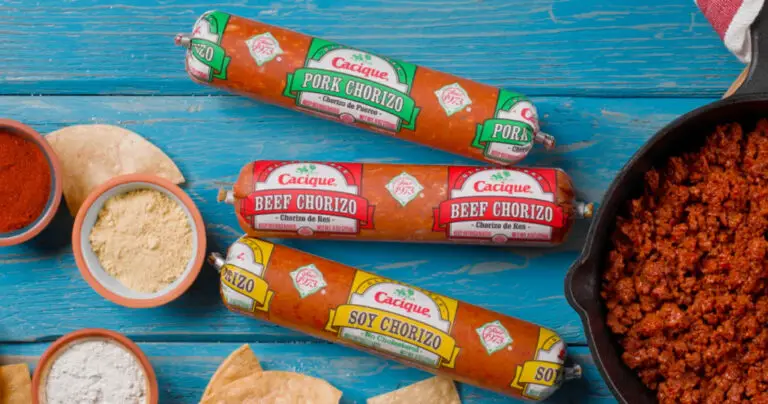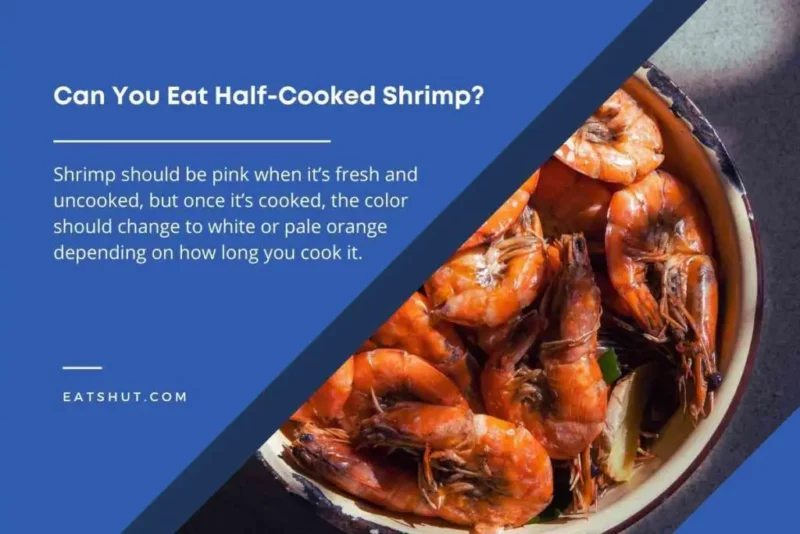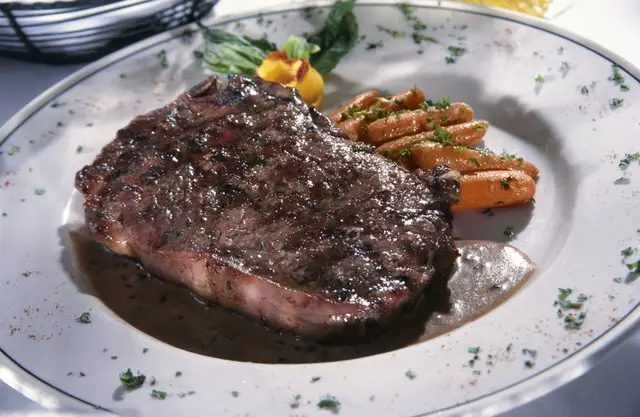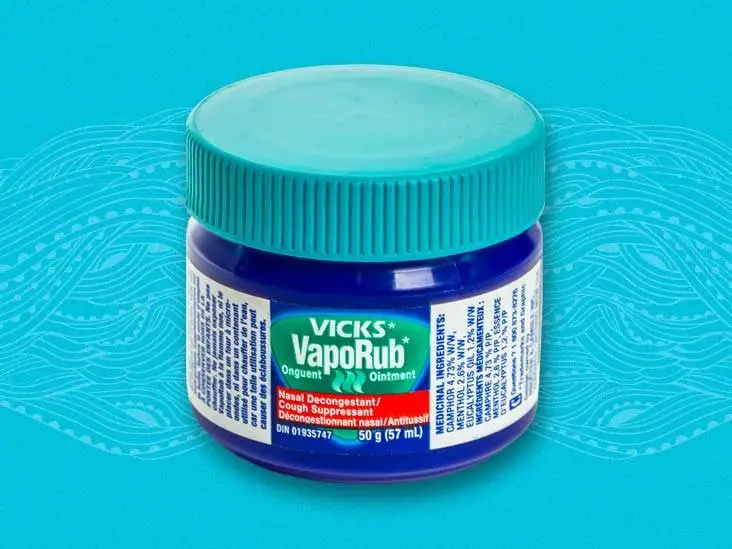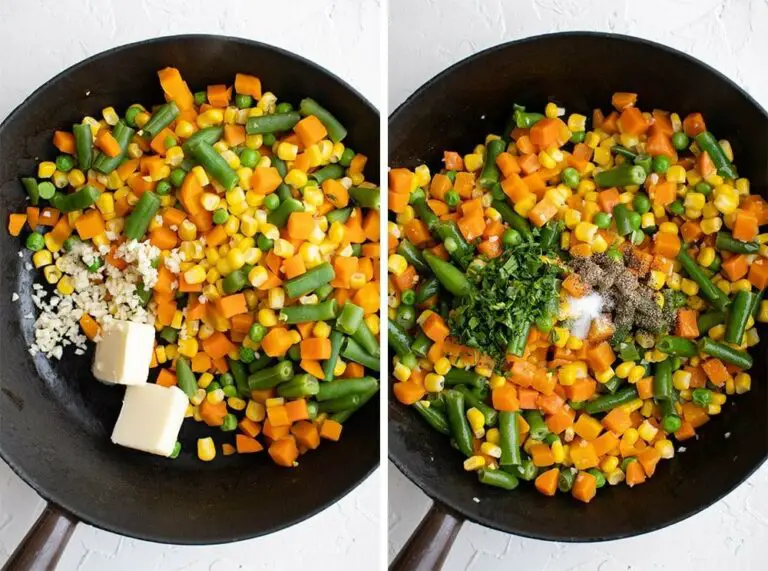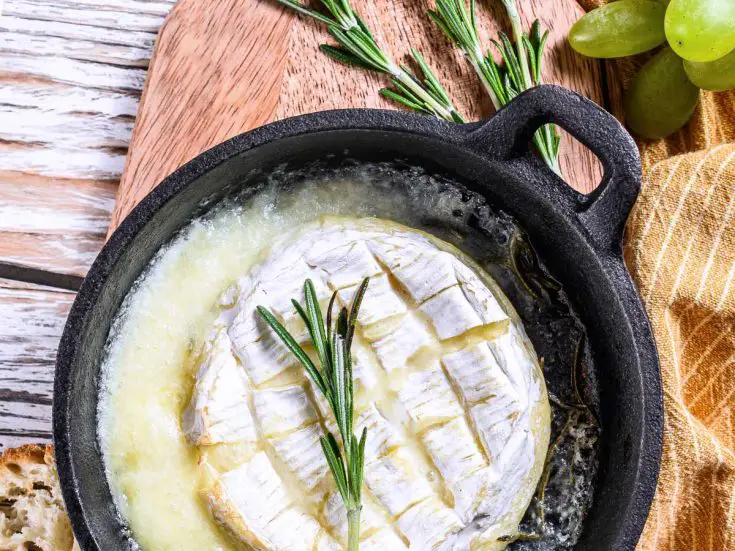When cooking a roast at 250 degrees, the cooking time will vary depending on the type and size of the roast. Different cuts of meat require different cooking times to achieve the desired level of tenderness and flavor.
A beef chuck roast, for example, can be cooked at 250 degrees for approximately 3 hours until it becomes fall-apart tender. On the other hand, a prime rib roast may need to be cooked at 250 degrees for 3 ½ to 4 hours to ensure a perfect medium-rare finish. For a bottom round beef roast, a longer cooking time of 5 ½ to 6 ½ hours at 250 degrees is recommended for optimal tenderness.
Factors that can affect the cooking time include the size and thickness of the roast, as well as the starting temperature of the meat. Thicker cuts will require more time to fully cook, while a cold roast straight from the refrigerator will take longer than one that has been brought to room temperature.
To ensure a perfectly cooked roast at 250 degrees, it’s important to use a meat thermometer to monitor the internal temperature. This will help you achieve the desired level of doneness and avoid overcooking or undercooking the roast. Slow cooking at a low temperature allows the flavors to develop and results in a tender and flavorful roast. Additionally, letting the roast rest before carving allows the juices to redistribute, resulting in a juicier and more flavorful final dish.
Key Takeaways:
- Cooking time for a roast at 250 degrees varies depending on the type and size of the roast.
- Beef chuck roast can be cooked at 250 degrees for approximately 3 hours for fall-apart tenderness.
- Prime rib roast may need 3 ½ to 4 hours at 250 degrees for a medium-rare finish.
- Bottom round beef roast requires a longer cooking time of 5 ½ to 6 ½ hours at 250 degrees for optimal tenderness.
- Factors affecting cooking time include roast size, thickness, and starting temperature.
Cooking a Beef Chuck Roast at 250 Degrees
When it comes to cooking a beef chuck roast at 250 degrees, the slow and low method is key to achieving a melt-in-your-mouth tender roast. This cooking technique allows the meat to break down gradually, resulting in a flavorful and fork-tender dish that will impress your guests. Here’s a step-by-step guide to cooking a beef chuck roast at 250 degrees:
- Start by seasoning the beef chuck roast with salt and pepper, ensuring that all sides are evenly coated.
- Heat a Dutch oven over medium-high heat and add a small amount of oil. Once the oil is hot, sear the roast on all sides until it develops a rich, golden crust.
- Transfer the seared roast to a preheated oven set to 250 degrees. Allow the roast to cook for approximately 3 hours or until it reaches an internal temperature of 145 degrees for medium-rare or 160 degrees for medium.
- Remove the roast from the oven and let it rest for at least 10 minutes before slicing. This resting period allows the juices to redistribute throughout the meat, resulting in a moist and tender roast.
By following these simple steps, you’ll be able to enjoy a succulent beef chuck roast that is perfect for any special occasion or family dinner. Serve it alongside your favorite side dishes, such as roasted vegetables or creamy mashed potatoes, and savor the flavorful experience.
| Cooking Method | Temperature | Cooking Time |
|---|---|---|
| Beef Chuck Roast at 250 Degrees | 250 degrees | Approximately 3 hours |
Cooking Prime Rib at 250 Degrees
When it comes to cooking prime rib at 250 degrees, following the right instructions is key to achieving a tender and flavorful roast. Prime rib is a premium cut of beef known for its rich marbling and juicy taste. Cooking it slowly at a low temperature allows the meat to become fork-tender and enhances its natural flavors.
The recommended cooking time for prime rib at 250 degrees is 3 ½ to 4 hours. To begin, preheat the oven to 500 degrees to create a crust on the roast. After 15 minutes, reduce the heat to 325 degrees and continue roasting until the desired level of doneness is reached. It’s important to use a meat thermometer to monitor the internal temperature throughout the cooking process.
Once the prime rib is cooked to perfection, it’s crucial to let it rest for at least 30 minutes before carving. This allows the juices to redistribute, resulting in a moist and tender roast. Serve the prime rib with classic sides like mashed potatoes and gravy to complement its rich flavors.
Table: Cooking Prime Rib at 250 Degrees
| Cooking Temperature | Recommended Cooking Time |
|---|---|
| 250 degrees | 3 ½ to 4 hours |
Slow Cooking a Bottom Round Beef Roast at 250 Degrees
When it comes to slow cooking a bottom round beef roast at 250 degrees, patience is key. This method allows the tough cut of meat to slowly tenderize and develop rich flavors. According to a reliable source, the recommended cooking time for a bottom round beef roast at 250 degrees is 5 ½ to 6 ½ hours. Let’s take a closer look at the steps involved in achieving a perfectly cooked roast.
Slow Cooking Process
To begin, you’ll want to sear the bottom round beef roast in a skillet. This step helps to lock in the juices and adds a caramelized crust to the roast. Once seared, transfer the roast to a roasting pan and place it in the oven preheated to 250 degrees. Slow cooking at this low temperature allows the meat to slowly break down and become tender.
It is recommended to cook the roast until the internal temperature reaches 120 to 125 degrees for a medium-rare doneness. Use a meat thermometer to accurately monitor the temperature. After reaching the desired doneness, remove the roast from the oven and let it rest for a few minutes. This resting period allows the juices to redistribute, resulting in a more succulent and flavorful roast.
Serving Suggestions
Once the bottom round beef roast is cooked to perfection, there are various ways to serve it. You can carve the roast into thin slices and serve it alongside roasted vegetables and a side of creamy mashed potatoes. Another delicious option is to use the slow-cooked beef in sandwiches or as a filling for tacos or enchiladas. The possibilities are endless, so feel free to get creative!
Overall, slow cooking a bottom round beef roast at 250 degrees requires time and patience, but the end result is well worth it. The long cooking time allows the flavors to develop and the meat to become tender and juicy. Don’t forget to enjoy the process and experiment with different seasonings and serving ideas to make it your own.
| Temperature | Cooking Time |
|---|---|
| 250 degrees | 5 ½ to 6 ½ hours |
Factors Affecting Cooking Time
When cooking a roast at 250 degrees, several factors can influence the cooking time. The size and cut of the roast play a significant role in determining how long it will take to cook. Thicker cuts of meat will require a longer cooking time to reach the desired level of doneness. On the other hand, smaller or thinner cuts will cook more quickly. It’s essential to consider the size of the roast when planning your cooking time.
Another factor to take into account is the starting temperature of the roast. If you take a roast straight from the refrigerator and place it in the oven, it will take longer to cook compared to one that has been brought to room temperature. Allowing your roast to come to room temperature before cooking will help it cook more evenly and reduce the overall cooking time.
Additionally, the desired internal temperature of the roast will affect the cooking time. Different levels of doneness, such as rare, medium-rare, or well-done, require different internal temperatures. Using a meat thermometer to monitor the internal temperature is essential for achieving the desired doneness and avoiding undercooked or overcooked meat.
To summarize, factors such as the size and cut of the roast, the starting temperature, and the desired level of doneness all impact the cooking time when preparing a roast at 250 degrees. By considering these factors and using a meat thermometer, you can ensure a perfectly cooked roast with tender and flavorful results.
| Factors Affecting Cooking Time | Summary |
|---|---|
| Roast Size | The larger the roast, the longer the cooking time. |
| Starting Temperature | A roast at room temperature will cook more quickly than one straight from the refrigerator. |
| Desired Doneness | Different levels of doneness require different internal temperatures and cooking times. |
Tips for Cooking a Roast at 250 Degrees
When it comes to cooking a roast at 250 degrees, it’s all about slow cooking and achieving the perfect level of doneness. Here are some essential tips to ensure that your roast turns out tender, juicy, and packed with flavor.
Use a Meat Thermometer
One of the keys to cooking a roast to perfection at 250 degrees is using a meat thermometer. This handy tool allows you to accurately monitor the internal temperature of the roast, ensuring that it reaches the desired level of doneness. Whether you prefer your roast rare, medium-rare, or well-done, a meat thermometer takes the guesswork out of determining when your roast is ready to be taken out of the oven.
Embrace Slow Cooking
Slow cooking is the secret to achieving melt-in-your-mouth tenderness in a roast. When you cook a roast at 250 degrees, the low temperature allows the meat to cook slowly and evenly, resulting in a juicy and flavorful end result. Patience is key here – resist the temptation to raise the temperature or rush the cooking process. Letting the roast cook for an extended period of time at a low temperature allows the meat to break down and become incredibly tender.
Let It Rest
After removing the roast from the oven, it’s important to let it rest before carving. This allows the juices to redistribute throughout the meat, ensuring that each bite is succulent and full of flavor. As a general rule, let the roast rest for about 10 to 15 minutes before slicing into it. This short wait will be well worth it when you taste the results.
By following these tips, you’ll be able to confidently cook a roast at 250 degrees, knowing that it will turn out beautifully every time. Remember to use a meat thermometer, embrace the concept of slow cooking, and let the roast rest before serving. With these techniques, you’ll be able to create a roast that impresses your family and friends with its tenderness and deliciousness.
| Tip | Details |
|---|---|
| Use a Meat Thermometer | Monitor the internal temperature of the roast to ensure perfect doneness |
| Embrace Slow Cooking | Cook the roast at 250 degrees for an extended period of time to achieve tenderness |
| Let It Rest | Allow the roast to rest before carving to let the juices redistribute and enhance flavor |
Serving Suggestions for Roast Cooked at 250 Degrees
Now that your roast is cooked to perfection at 250 degrees, it’s time to think about serving suggestions. We have a few ideas to elevate your roast to a memorable meal.
The first source suggests serving the beef chuck roast with creamy mashed potatoes and the rich, flavorful gravy that comes from cooking the roast. The combination of tender beef, creamy potatoes, and savory gravy creates a truly satisfying dining experience.
If you followed the second source’s instructions for cooking prime rib, why not pair it with classic sides like mashed potatoes and gravy? The prime rib’s juicy and succulent flavors enhance the creamy texture of mashed potatoes, while the decadent gravy ties everything together.
When it comes to side dishes, the options are endless. You could opt for roasted vegetables, such as carrots, Brussels sprouts, or green beans, to add a pop of color and freshness to your plate. Alternatively, a fluffy and buttery dinner roll can be the perfect accompaniment to soak up any extra juices or gravy.
FAQ
How long does it take to cook a roast at 250 degrees?
The cooking time for a roast at 250 degrees will vary depending on the type and size of the roast. Factors such as the cut and starting temperature of the roast can also affect the overall cooking time.
How do I cook a beef chuck roast at 250 degrees?
To cook a beef chuck roast at 250 degrees, season the roast with salt and pepper, brown it in a Dutch oven, and then roast it in the oven for approximately 3 hours.
How do I cook prime rib at 250 degrees?
To cook prime rib at 250 degrees, start with a high heat of 500 degrees for 15 minutes to create a crust, then reduce the heat to 325 degrees for the remaining cooking time of 3 ½ to 4 hours.
How do I slow cook a bottom round beef roast at 250 degrees?
To slow cook a bottom round beef roast at 250 degrees, sear the roast in a skillet, transfer it to a roasting pan, and bake it in the oven until the internal temperature reaches 120 to 125 degrees. The recommended cooking time is 5 ½ to 6 ½ hours.
What factors affect the cooking time of a roast at 250 degrees?
The cooking time of a roast at 250 degrees can be affected by factors such as the size and cut of the roast, as well as the starting temperature of the roast. Thicker cuts of meat will require longer cooking times, and a roast taken straight from the refrigerator will take longer to cook than one that has been brought to room temperature.
What tips can you give for cooking a roast at 250 degrees?
To cook a roast at 250 degrees, use a meat thermometer to monitor the internal temperature and achieve the desired level of doneness. Slow cooking at a low temperature will result in tender and flavorful results. Let the roast rest before carving to allow the juices to redistribute and ensure a juicy and flavorful roast.
What are some serving suggestions for a roast cooked at 250 degrees?
Some serving suggestions for a roast cooked at 250 degrees include serving beef chuck roast with creamy mashed potatoes and gravy, or pairing prime rib with classic sides like mashed potatoes and gravy. The options for side dishes are endless, but the key is to choose accompaniments that complement the flavors of the roast.
